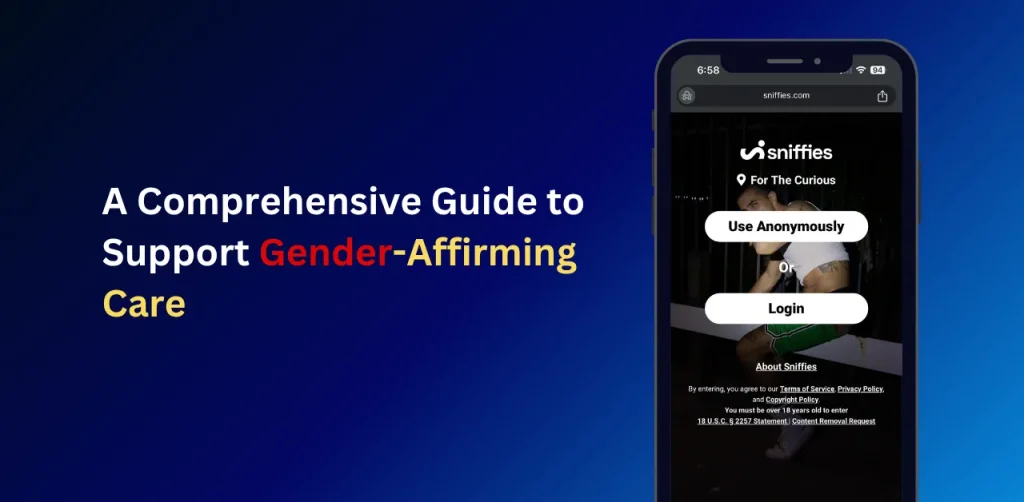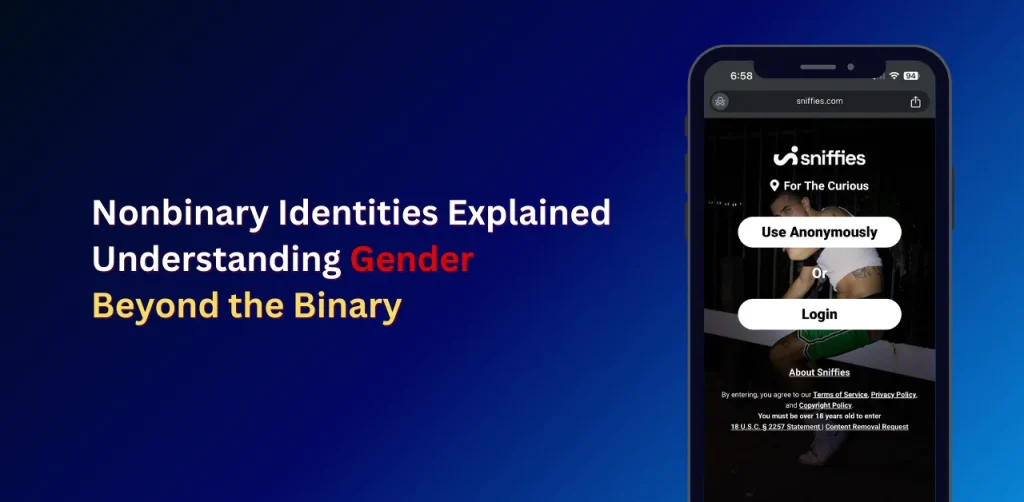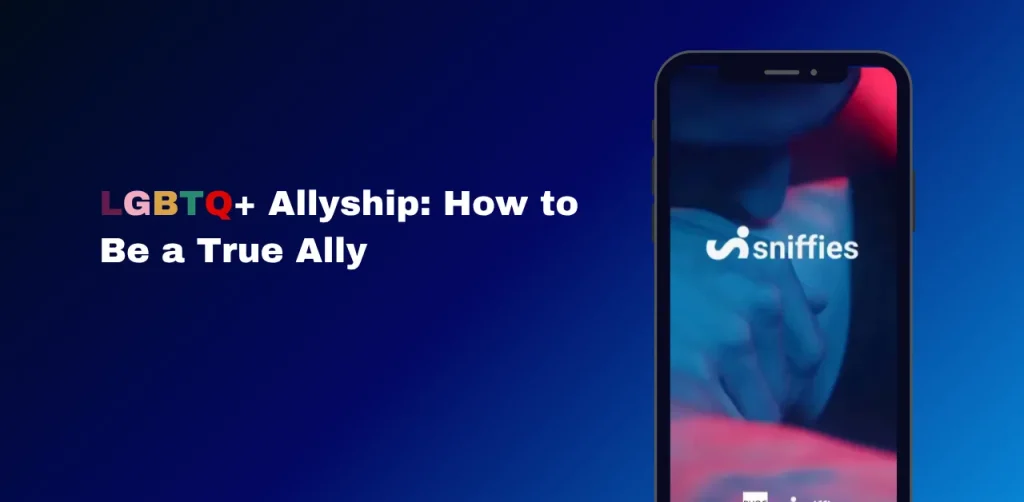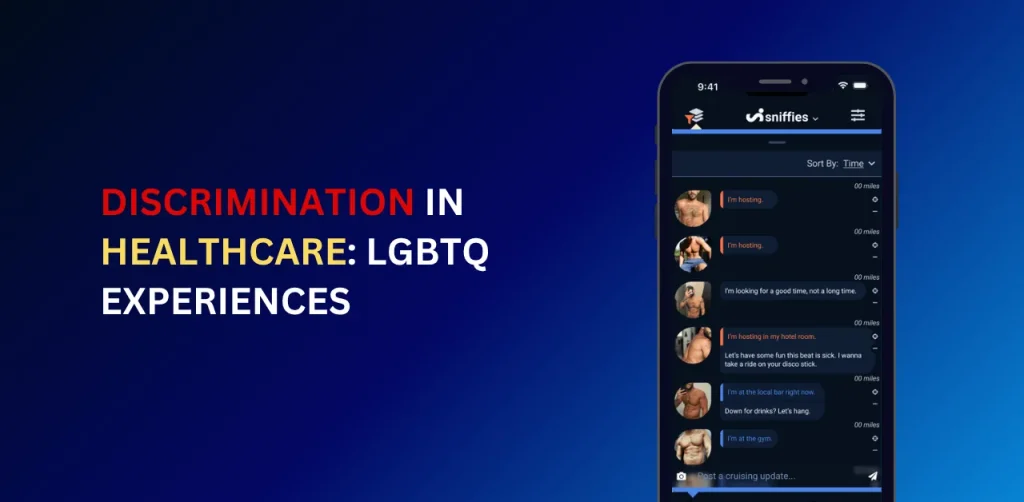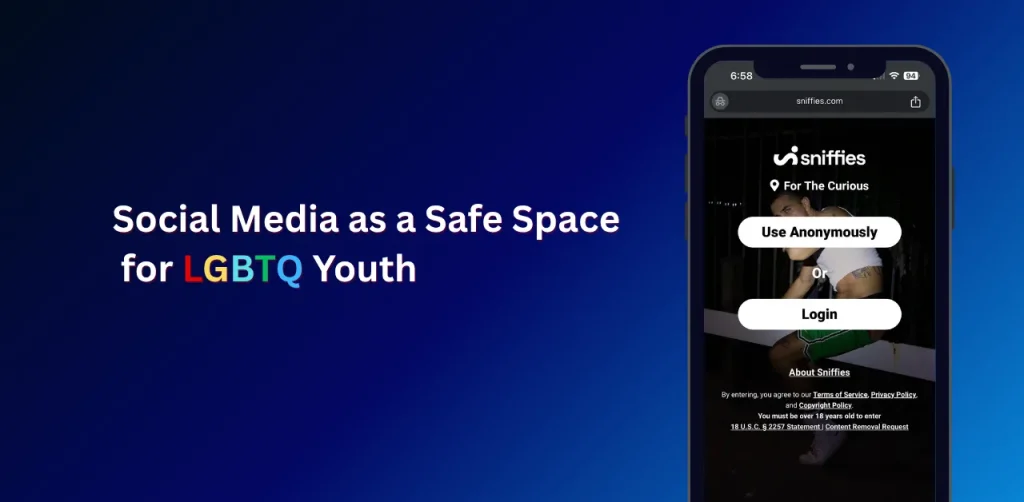Building Strong LGBTQ+ Community Networks
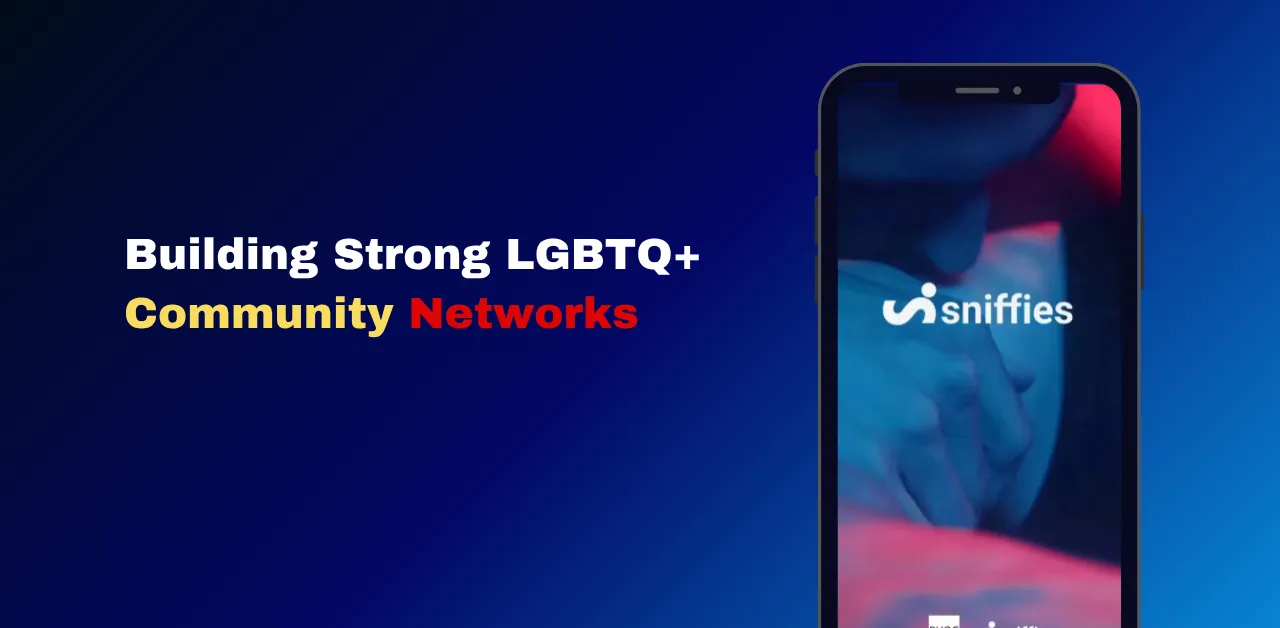
In today’s diverse society, building strong LGBTQ+ community networks for the LGBTQ+ community is vital for fostering support, advocacy, and inclusion. These networks provide essential resources, safe spaces, and a sense of belonging for individuals who often face unique challenges, such as discrimination, mental health issues, and social isolation. This article explores why these networks matter, their key components, practical strategies for building them, and how individuals can contribute to creating a more inclusive world.
Why Strong Community Networks Matter
The LGBTQ+ community faces significant challenges that underscore the need for robust support networks. According to the National Alliance on Mental Illness (NAMI), LGBTQ+ adults are more than twice as likely to experience mental health conditions compared to heterosexual adults, and transgender individuals are nearly four times as likely. LGBTQ+ youth are also at higher risk, with over twice the likelihood of reporting sadness or hopelessness and transgender youth facing double the rates of depression and suicide consideration compared to their cisgender peers.
Strong community networks help address these challenges by offering:
- Safe Spaces: Environments where individuals can express their identities without fear of judgment or discrimination.
- Mental Health Support: Access to culturally competent care tailored to the community’s needs.
- Advocacy and Education: Platforms to raise awareness, challenge stereotypes, and promote equality.
- Social Connection: Opportunities to build friendships, find mentors, and feel part of a larger community.
These elements foster resilience and pride, helping individuals navigate the complexities of their identities in a supportive environment.
Key Components of Effective Community Networks
To build strong LGBTQ+ community networks, several components are essential:
Strategies for Building Strong Community Networks
Creating and sustaining effective networks requires intentional strategies. Here are five actionable approaches:
Collaborate with Existing Organizations
Partnering with established groups like the LGBT Network, The Trevor Project, or CenterLink can leverage existing expertise and resources. These organizations offer frameworks for community engagement, from hosting events to providing training.
Leverage Technology and Social Media
Social media platforms like Instagram can connect individuals, share resources, and organize events. A study on Iranian LGBTQ+ communities highlights how Instagram enables advocacy and education, even in restrictive environments, by allowing activists to challenge stereotypes and build networks.
Engage Local Leaders and Allies
Involving local leaders, educators, and allies amplifies a network’s impact. The LGBT Network’s Pride Patrol, for instance, promotes visibility at school and library board meetings, advocating for safe spaces and countering discriminatory policies.
Provide Training and Resources
Offering training on LGBTQ+ issues for professionals—such as teachers, healthcare providers, and law enforcement—creates more supportive environments. NAMI’s guide to finding culturally competent mental health professionals is a practical example of equipping communities with knowledge.
Foster Intergenerational Connections
Connecting younger and older community members builds mentorship opportunities and strengthens community bonds. Events like youth conferences or intergenerational storytelling sessions can share experiences and foster continuity.
Case Studies: Successful Community Networks
Several organizations exemplify successful community networks:
- LGBT Network
Since 1993, the LGBT Network has been a pioneer in creating safe spaces across Long Island and Queens. Their programs reach thousands, including the annual LGBT Youth Conference, which saw over 650 students rally against Florida’s “Don’t Say Gay Bill” in 2022, showcasing the power of collective action. - The Trevor Project
Focused on crisis intervention, The Trevor Project provides 24/7 support to LGBTQ+ youth, addressing suicide prevention and mental health. Their resource center offers educational materials for allies, enhancing community support. - NAMI’s LGBTQ+ Resources
NAMI provides detailed insights into mental health disparities, offering a step-by-step guide for finding culturally competent care and a curated list of resources, including CenterLink and Trans Lifeline, to bridge gaps in mental health services.
How You Can Get Involved
Whether you’re part of the LGBTQ+ community or an ally, you can contribute to building strong networks:
For more ways to engage, explore resources like Supporting Mental Health in the LGBTQ+ Community, Advocacy for LGBTQ+ Rights, and Creating Safe Schools for LGBTQ+ Youth.
How can I support LGBTQ+ community networks?
Join events, donate to organizations, and advocate for inclusion.
Why are safe spaces important for LGBTQ+ people?
They reduce isolation and mental health risks.
How do I start a local LGBTQ+ network?
Partner with schools, libraries, or online platforms.
Why Strong Networks Matter
LGBTQ+ networks create belonging. They fight stigma and empower voices. build safe spaces, engage allies, and celebrate diversity. Share your ideas on X with #LGBTQCommunity and explore queer youth advocacy. Let’s make every community a home! 🌟
We’ve also written about Mental Health Challenges for Transgender Youth and Discrimination in Healthcare don’t miss it!

